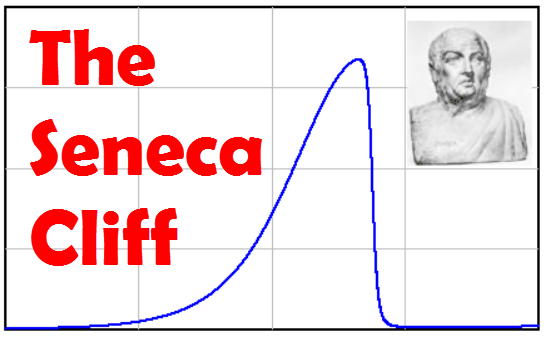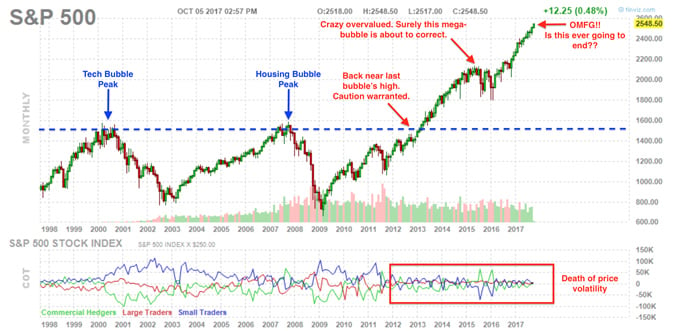The question on the minds of many investors, is which of the precious metals will be better investments during the next market crash? I should know because I receive this question in my email box quite often. So, I decided to test the price action of several metals and how each traded during a large market correction.
This article will focus on the top four precious metals, gold, silver, platinum, and palladium. Even though Rhodium and other metals are considered precious, the ones listed above take the lion’s share of the investment market. Furthermore, while platinum and palladium are purchased as investments, they have a much larger industrial component than gold or silver.
As I have mentioned many times, gold and silver disconnected from the broader markets when the Dow Jones Index fell 2,000 points in the first six weeks of 2016.
The two reasons I believe gold and silver jumped considerably as the markets sold off at the beginning of 2016 were:
- Gold and Silver were extremely oversold, and the Commercial hedgers’ short positions were at a low, thus very bullish
- Investors were extremely worried that the Dow Jones and markets were beginning a massive correction, so they moved into both gold and silver
To explain why investors were spooked in 2016, we need to look at the following chart:

Typically during a major correction, the market makes several attempts at a top. In 2007, there were three tops made before the market finally came down in 2008. Then in 2015, we had three more tops and two large corrections. The reason investors’ worry turned into fear at the beginning of 2016 was that the last top did not reach the previous 18,000 level.
And this can be seen in the next chart:

…click on the above link to read the rest of the article…




 Before I get into my analysis and the reasons we are heading towards the
Before I get into my analysis and the reasons we are heading towards the  Sliding down the steep slope of the cursed year. [PT]
Sliding down the steep slope of the cursed year. [PT] DJIA, typical pattern in the course of a decade since 1897. Years ending in 7 did tend to be marked by large setbacks on average.
DJIA, typical pattern in the course of a decade since 1897. Years ending in 7 did tend to be marked by large setbacks on average.

 Etatiste tool Kenneth Rogoff, whose authoritarian jeremiads against cash currency we have first discussed and criticized in 2014 in “
Etatiste tool Kenneth Rogoff, whose authoritarian jeremiads against cash currency we have first discussed and criticized in 2014 in “


